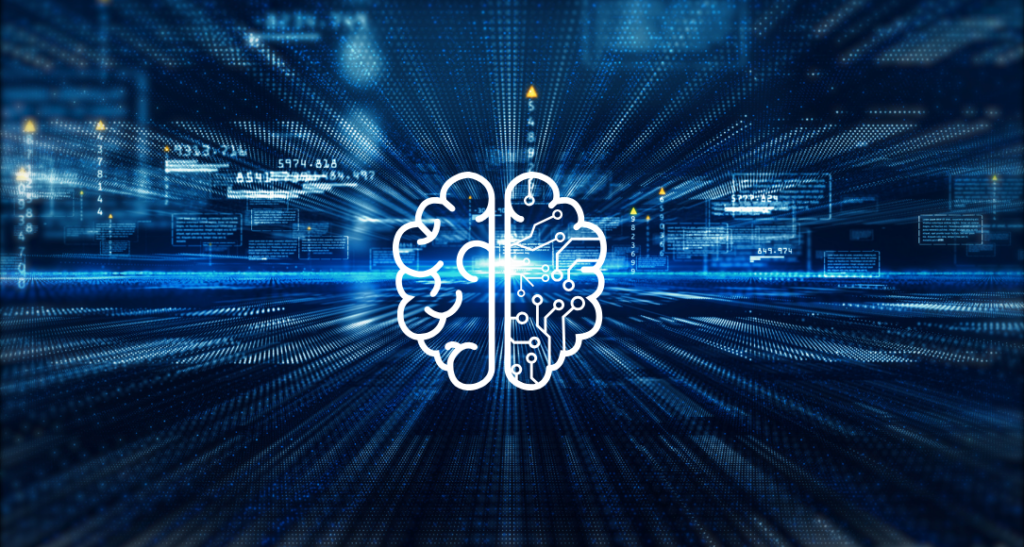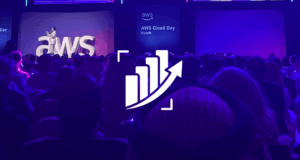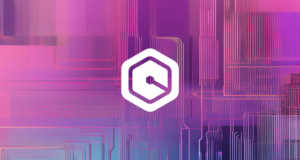Cloud-Native AI Agents: Self-Healing Infrastructure is No Longer a Dream
The modern cloud is evolving beyond automation into autonomy. Cloud-native AI agents represent this shift — systems capable of monitoring infrastructure, interpreting logs, making decisions, and executing remediations without human intervention. These agents combine serverless building blocks like AWS Lambda, EventBridge, and Step Functions with foundational models from platforms such as Amazon Bedrock or SageMaker. The result is infrastructure that can react and adapt in real-time.
Unlike traditional automation pipelines, which follow predefined if-this-then-that logic, AI agents evaluate context. A failed ECS deployment, for example, might trigger an EventBridge rule, invoking a Lambda function that submits recent logs to an LLM for analysis. The model evaluates common failure patterns — misconfigured ports, container crash loops, resource limits — and responds accordingly. Depending on confidence thresholds, the agent can either revert the deployment, open a detailed GitHub issue, or notify an engineer with suggested remediations.
This isn’t just about speed. AI agents help reduce mean time to resolution (MTTR), detect anomalies before they escalate, and offload repetitive tasks from engineers. For fast-moving teams, especially in production environments, this improves stability and accelerates delivery cycles. Cost savings also emerge when agents can detect waste — such as underutilized EC2 instances or misconfigured autoscaling — and act to shut them down or optimize provisioning in real-time.
Designing these agents requires clear guardrails. You don’t want a model rewriting task definitions or provisioning new infrastructure without validation steps. Every action taken by the agent must be logged, explainable, and reversible. Explainability becomes critical when AI decisions directly impact uptime or cost. Teams should also consider using fine-tuned models for log parsing and action selection, particularly for sensitive environments.
What’s changing now is the maturity of the ecosystem. Serverless infrastructure removes operational overhead. Foundation models bring reasoning. Event-driven patterns connect everything with minimal latency. The convergence of these technologies makes AI-powered, cloud-native operations not only viable but production-ready. In the coming months, we’ll see tighter integrations between AI agents and MLOps pipelines, AIOps dashboards, and security operations tooling. This isn’t replacing DevOps — it’s augmenting it. Engineers who understand how to build, supervise, and evolve these agents will be leading the next phase of cloud-native operations.






